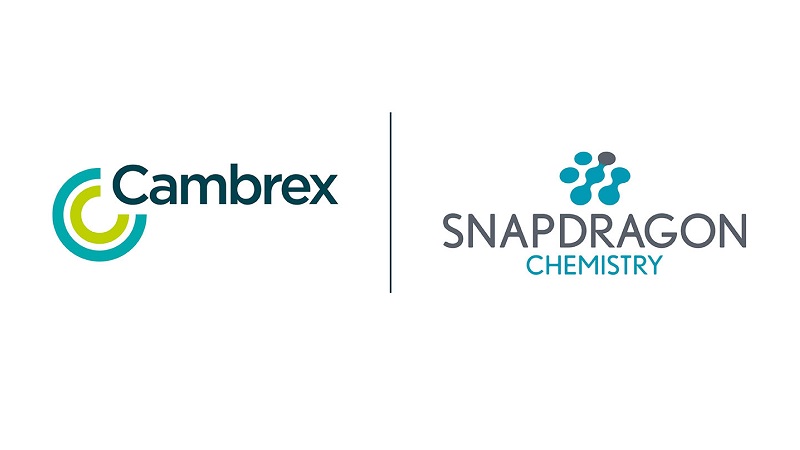Snapdragon finds alternative buyer in Cambrex
CDMO Cambrex has agreed to buy Snapdragon Chemistry, a US-based provider of chemical process development services to the biopharma sector. Terms were not disclosed. This came two months after regulatory approval was denied to Asymchem Laboratories’ acquisition of Snapdragon.
Based in Waltham, Massachusetts, and employing 74, Snapdragon specialises in batch and continuous flow process development of APIs using advanced automation technology and proprietary equipment. It recently opened a second, 4,700 m2 R&D and GMP manufacturing facility to make experimental pharmaceutical products for clinical trials. This also expanded its capacity for clinical intermediates and drug substances.
Cambrex CEO Tom Loewald said that buying Snapdragon would accelerate the firm’s growth in continuous flow process development and manufacturing, complementing recent organic investments its facility in our High Point, North Carolina. The buy follows on from the recent acquisition of Q1 Scientific and is part of strategy to expand its portfolio of specialised services for pharmaceutical development and manufacturing.
Chinese CDMO Asymchem had agreed to buy Snapdragon in February 2022 for $57.94 million. The two had begun collaborating in September 2020, when Asymchem made a strategic $8.5 million investment in Snapdragon that enabled the Massachusetts Institute of Technology spin-out Snapdragon to build its new facility. Asymchem was also seeking wider opportunities from continuous flow manufacturing.
However, the deal had to be abandoned in September, because the two firms were unable to agree mitigation terms that would satisfy the US Treasury’s Committee on Foreign Investment in the United States (CFIUS), which has authority to block direct foreign investment in US companies on national security grounds. CFIUS has stopped a growing number of deals from going through in recent years, including many by Chinese interests.














